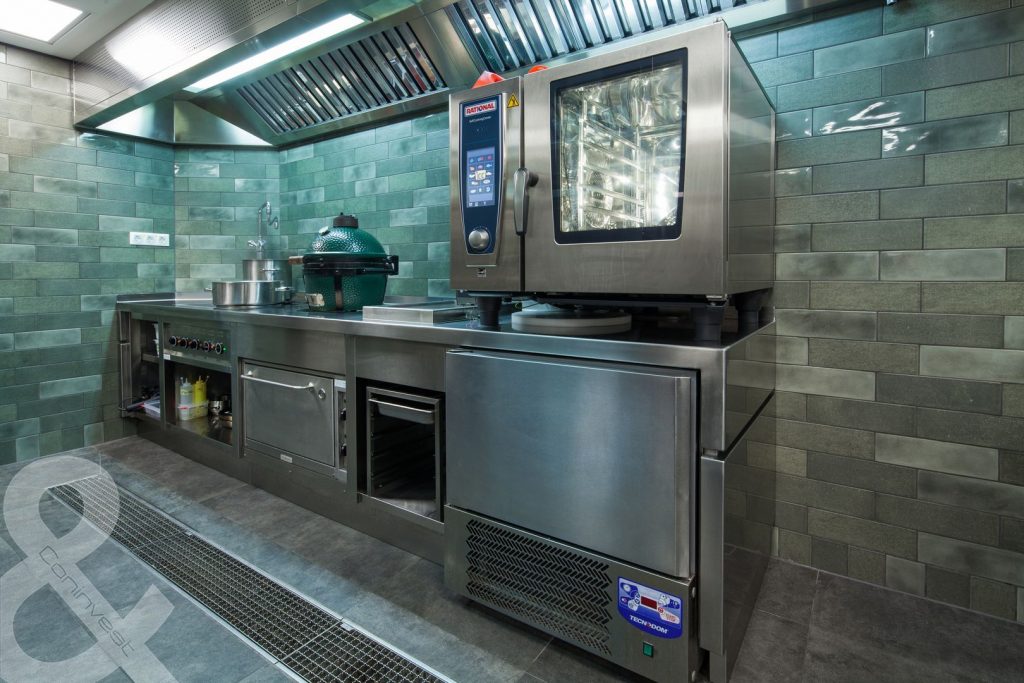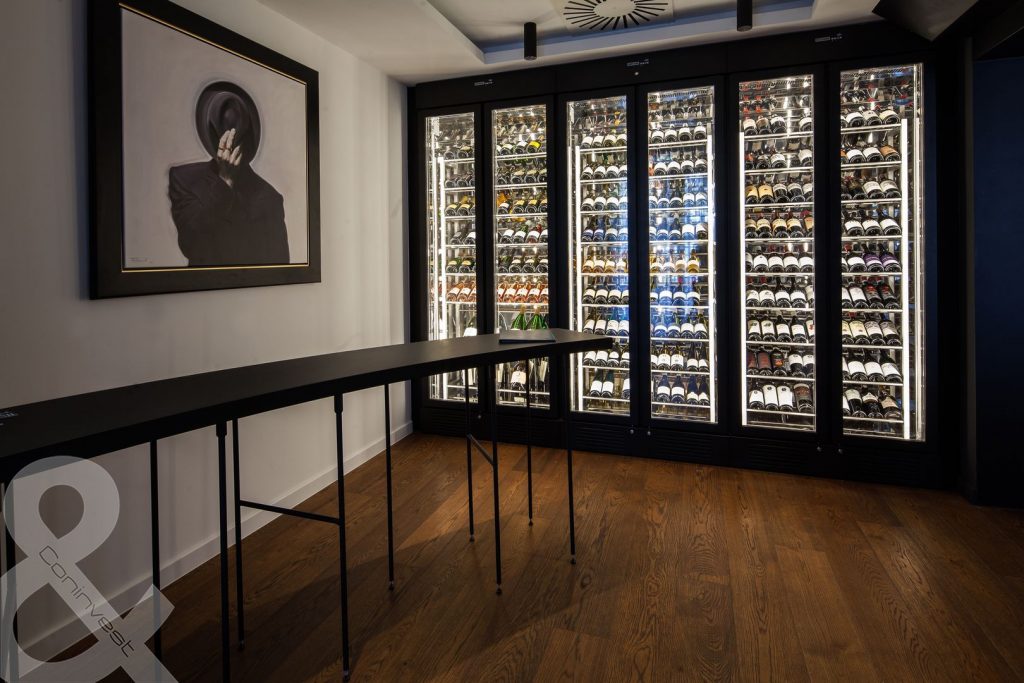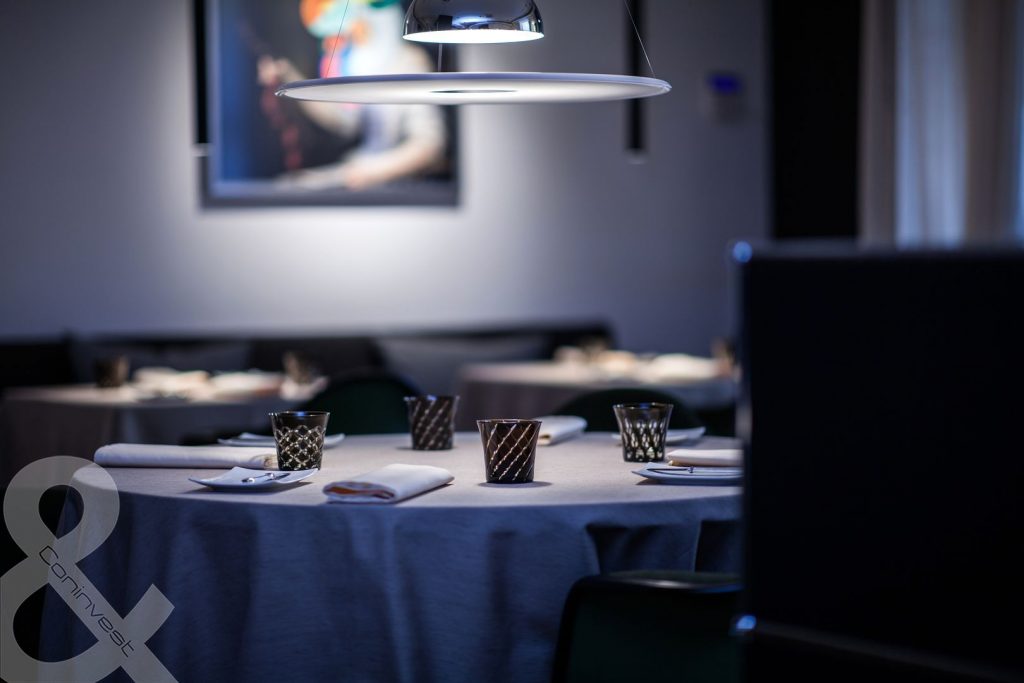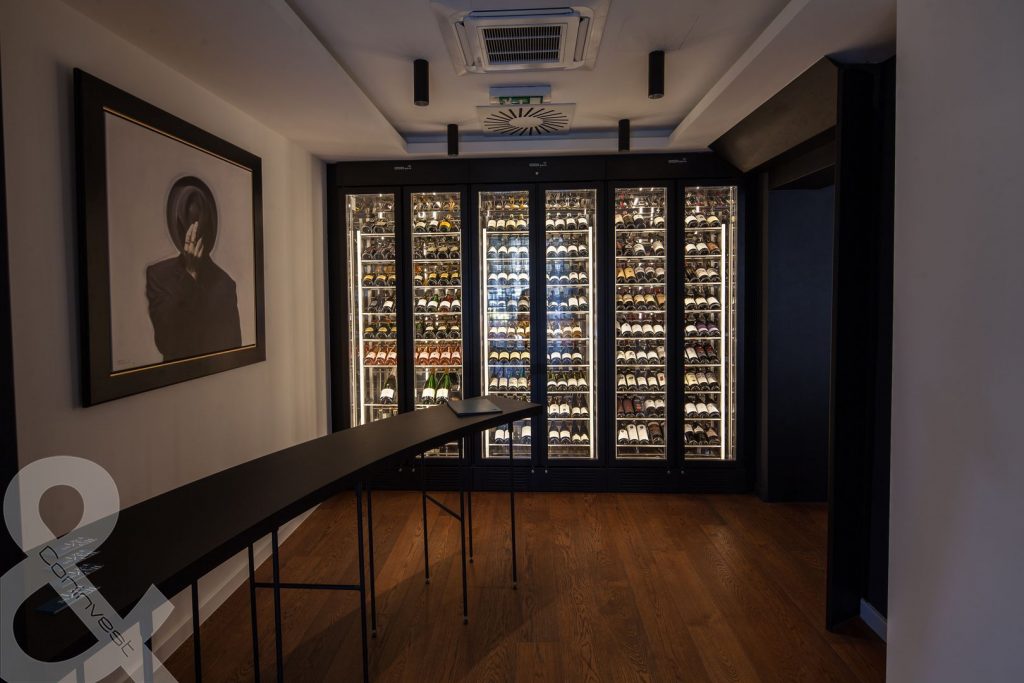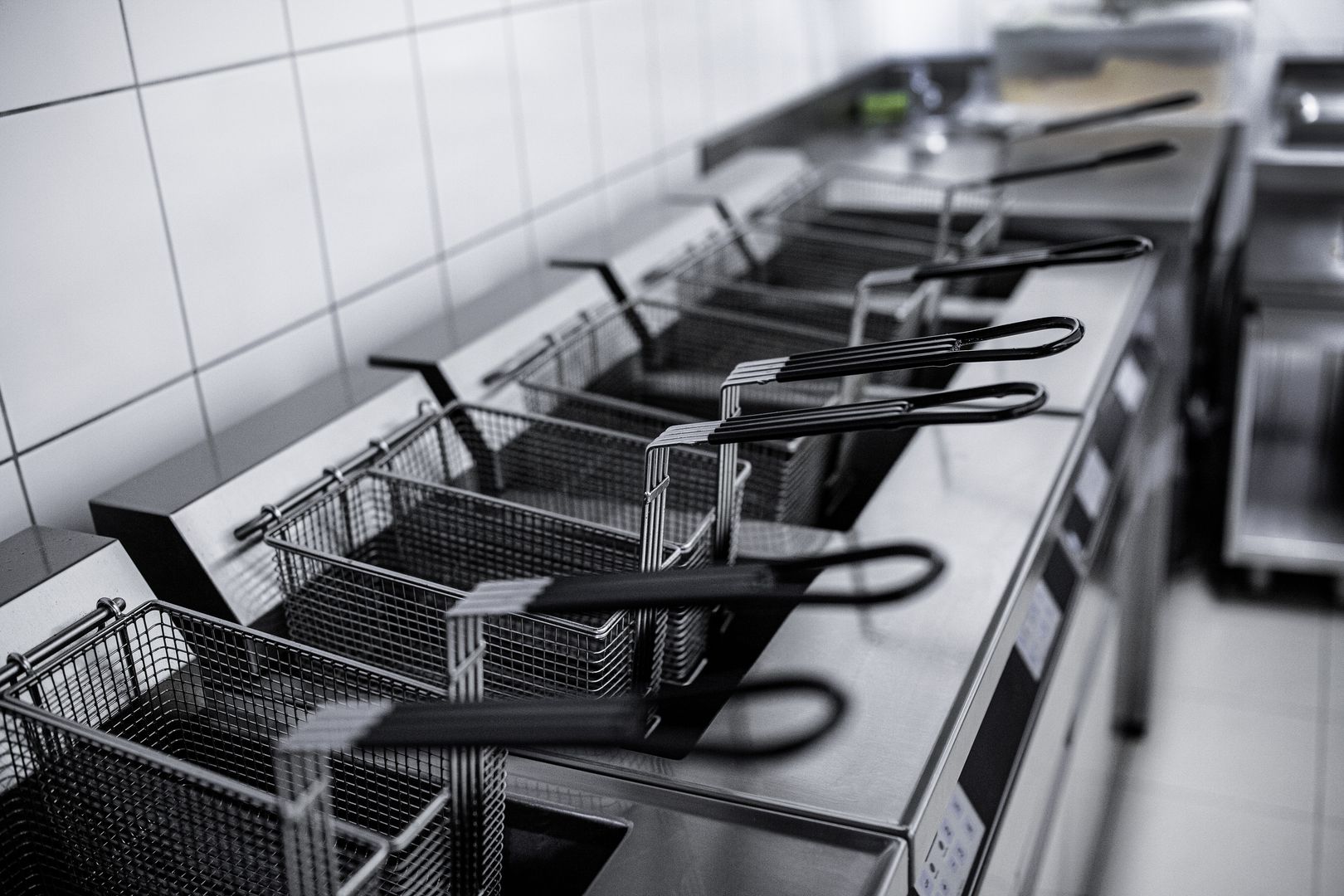Pastel gastronomy
On the site of the former Tama restaurant, a new miracle called Pastel set off.
Pastel as a choice of name may at first suggest that new colors can still be brought to the top gastronomy with new emotions, secondly we may be able to explain the word pasta, and third reading it may be a kind of refined culinary experience worthy of its name. We are already asking the question to Mr. Szabolcs Bayer, the director of the Pastel restaurant, who will also talk about how the re-tuned mix of Hungarian and Italian cuisine meets, which does not mean a melting cavalcade of flavors, only the mutual respect of two gastrultures on one table.
Where does the name of the restaurant come from?
The name of the restaurant was born from the idea of the brand builder Géza Ipacs, who was here with us all the time and helped our work in inventing communication and formulating our identity.
The antecedents of the opening of the restaurant could already be read in various forums, according to which Nicola Portinari, the former chef’s advisor to Tama, will strengthen her ties in Hungary this time, as she is already present in this new project as the owner. What does it look like in practice to match the Hungarian and Italian temperaments in the kitchen?
Indeed, Nicola Portinari helped Tama’s work as a consultant, but her relationship became much closer and more trusting with our owner, Attila Hegyi, who dreamed of all this and thus opened their shared restaurant. In practice, it looks like the area of the kitchen is John Erdei, here he is the chef he is responsible for everything, but we are in constant, even daily contact with the Italians.
How is Pastel different from the former Tama Restaurant?
We have completely changed, we have created a very clean world, everything has become much more sophisticated. We have an inner world where the food on the plate is in focus.
Why is this Italian-Hungarian fusion so unique?
Somewhere, every fusion is unique because everyone shapes it for themselves. Perhaps it is not a real fusion of ours, but in working together we influence each other and from this counter-effect we have developed a kind of very interesting vision with which we dream and prepare our food. Our uniqueness is deeper due to the relationship between each other.
What can the two Michelin stars that Nicola Portinari previously received as chef at La Peca restaurant mean in Pastel’s life?
For us, this means that we can learn from great professionals, we can get help, but we have to fight our own fight, we have to work for recognition.
Cleanliness characterizes not only the dishes but also the interior. At the same time, the pastel overall picture is broken by the plate-faced portraits on the wall. What is the idea behind their design?
I have already mentioned the name and work of Géza Ipacs, these works of art were also made by him. We also wanted to show in other forms the porcelains we use, which he artistically displayed in this way, so he became completely unique.
How did Coninvest participate in this gastronomic level jump?
Coninvest has built a kitchen that I think everyone wants that every chef and chef dreams of.
What experiences did you have while working with Coninvest?
Flexibility, speed and acceptance of user-expressed needs. If we signaled something to them, they always found a solution.
Fish soup, duck liver bonbons, mussel coins with their orange legs, and many other form-breaking food poems. What is your favorite? What would you recommend that we definitely need to taste from the menu?
These dishes could be tasted once on the opening night as part of a four-handed dinner. My personal favorite is the wild rabbit. What I would definitely recommend about our menu are duck liver terrine, paprika potatoes and quail.
Do you have a favorite gastronomic quote?
“Hiring someone means taking responsibility for making sure you feel good as long as you’re with us.”
Anthelme Brillat-Savarin





